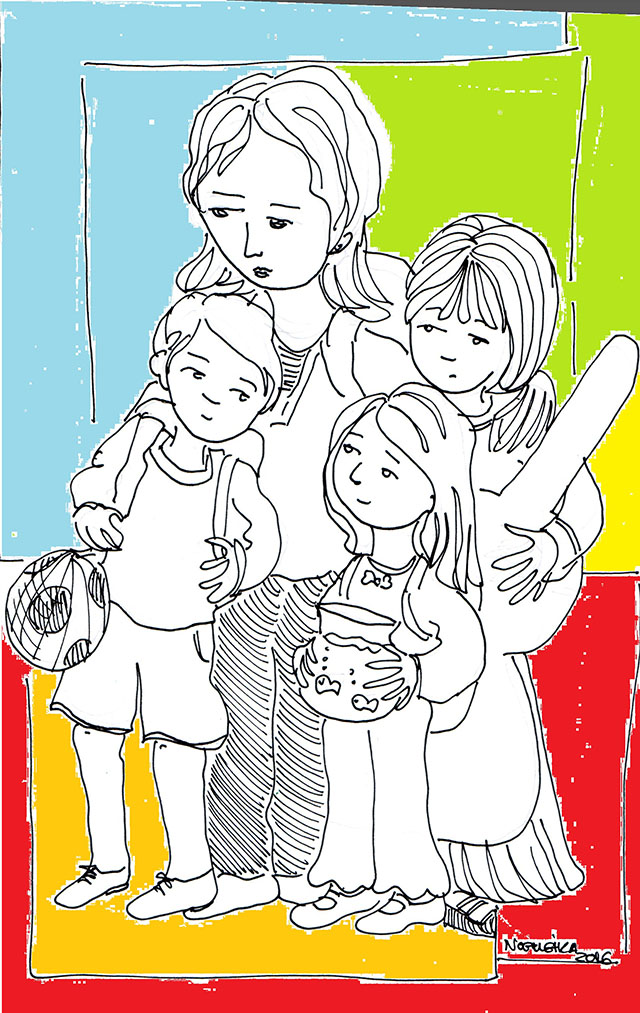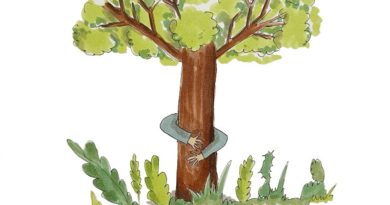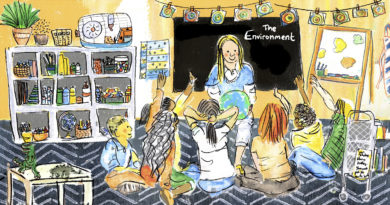Living a Local Life
First impressions are heightened somehow when you arrive in a new country. With no context in which to place things, the smallest observations are like pieces of a puzzle – scattered at first, until you have enough of them to form a clear picture.
We moved to our Swiss neighbourhood from Australia at the beginning of December. I remember being charmed by the traditional Christmas preparations, but also thinking that it was rather quiet. My eyes hadn’t adjusted yet, and I hadn’t made the connection that it was the cold keeping everyone inside. Winter in Sydney is cold, but not that cold.
As the weather got warmer though, people started to appear – my neighbours – and I soon discovered that I had a wonderful community right on my doorstep. These families, representing Switzerland, Europe, and beyond, became part of the fabric of my Swiss life.
My kids grew to be part of a mini community that gathered after school, speeding along the path on bikes and scooters or fishing for treasure in the tiny stream that ran alongside the apartments. Outside they chatted with one another, switching languages without a second thought. I kept a lookout from my kitchen window, watching from a distance as my children connected with their neighbourhood.
I read an article the other day about why Japanese children can walk to school alone. It interested me because it could just as easily be about Swiss children. I think that sending my kids to the local school, and the expectation that they would walk alone, will be the cultural difference that I will remember most about living in Switzerland.
I experienced inner conflict as my (absent-minded) son walked to school along a busy road, and when my daughter left for school at 7 a.m. in the dark, and as for the four-year-old, well, I just couldn’t let her; she had to wait until she was a five-year-old. To them it was normal though, to say goodbye at the front door, before catching up with the other neighbourhood kids making their way to school.
The article discussed the idea that the independence gained from walking alone isn’t down to self-sufficiency, but rather “group reliance”, where kids learn from an early age that they can rely on members of the community to help them if needed. The article explained how this assumption is reinforced at school and extends to shared spaces and public places.
Something resonated with me as I read this and recalled the Swiss old ladies, always ready with a smile or a telling-off, and my feelings of pride or deflation, depending on the outcome. Now I can see what it was though, they were part of something much larger – a collective Swiss community instinctively keeping things in order by passing on a respect for their neighbourhood, and the people living in it.
We recently moved to a new neighbourhood, a London one. Things are a little different here. You don’t see kids playing out on the street; instead they can be found at the parks, with squirrels and parrots, and parents nearby.
We have been living our new life for two months now and I am still going through a period of disorientation. It turns out reverse culture shock is real. One day, shortly after arriving in London, I was doing the school pick-up (still a novelty), which involves collecting my boy from his school and then rushing to the girls’ school, where they must wait for me by the school office. In the space of the five minutes it took for me to go inside and get the girls, my son’s scooter had disappeared from its spot directly outside.
I couldn’t understand what had happened at first, and I began to question whether we had actually arrived with a scooter. I was used to Switzerland, and the sight of lost toys perched on walls in anticipation of being reunited with their owners once the absence of a precious companion was noted.
We love our new neighbourhood, but a certain innocence was lost that day. We are once again adapting to a different way of doing things; holding our children that little bit closer, while being conscious of not stifling them.
My lasting impression of my Swiss neighbourhood is one of community. A place where we belonged. One where my children were surrounded by an invisible security blanket that allowed them to enjoy the freedom of a Swiss childhood.
By Roz Bonomally
Roz is a mum of three and a writer. She has recently returned to the UK after 16 years living in Norway, Australia and Switzerland. You can read about her thoughts on life as a nomadic family on her blog, reflections from a wandering mind.
Illustration by Albina Nogueira
Albina Nogueira has been a primary school teacher since 1992, and a writer and illustrator since 2006. She currently lives in Switzerland, but her homeland is Portugal. She is also the author of Letters to Grandparents and Hairdresser. To find out more, like her on Facebook or see her books in Amazon.





Pingback:Our Swiss neighbourhood. | Reflections from a wandering mind